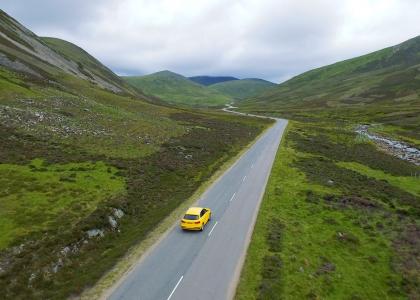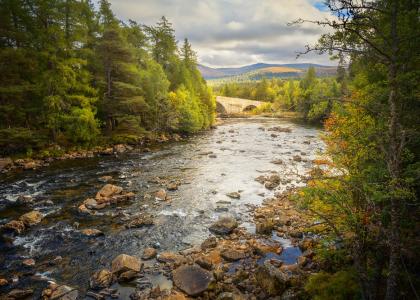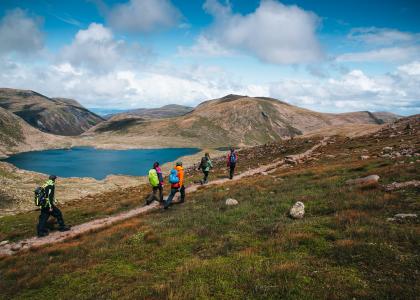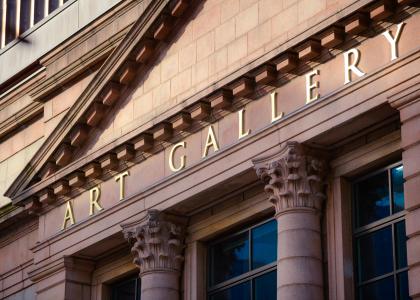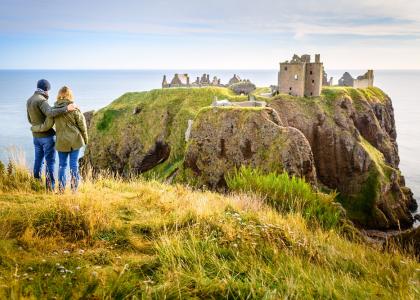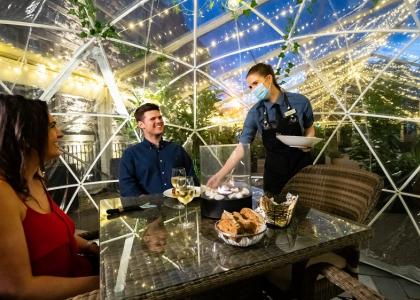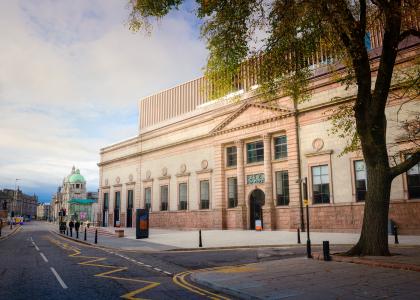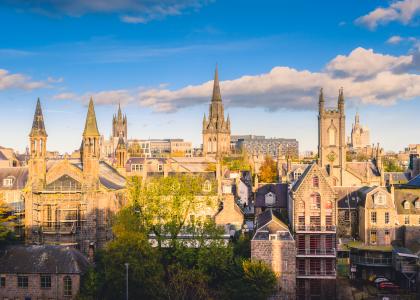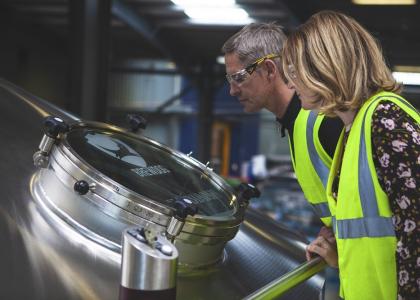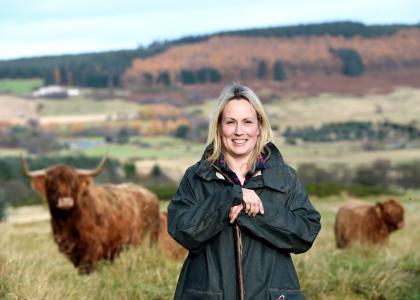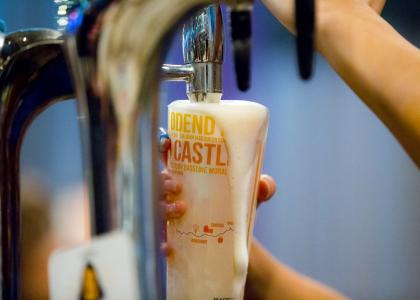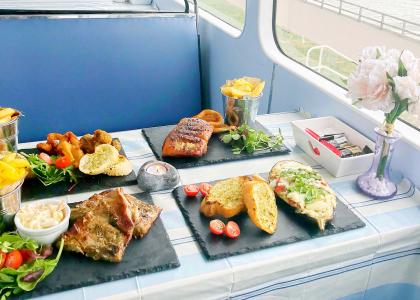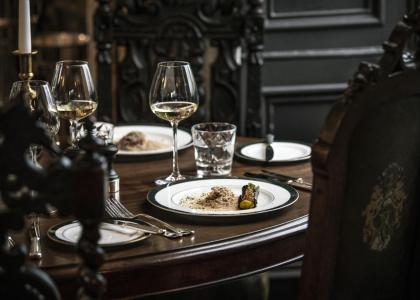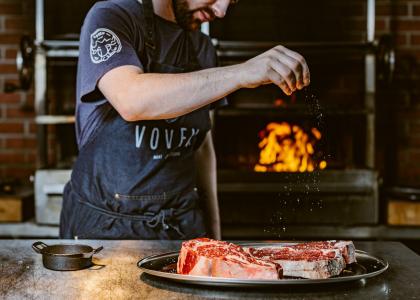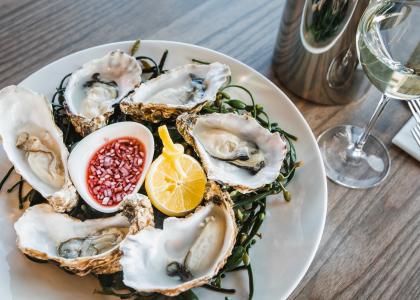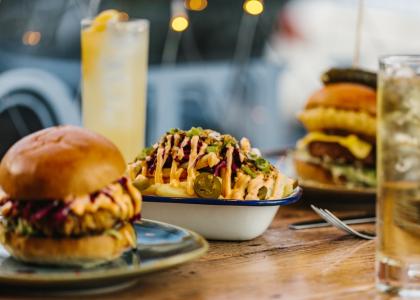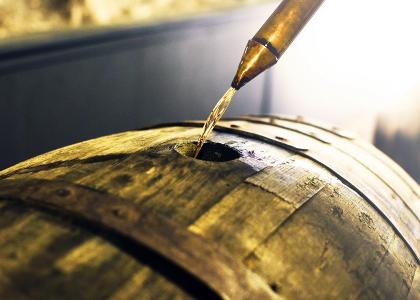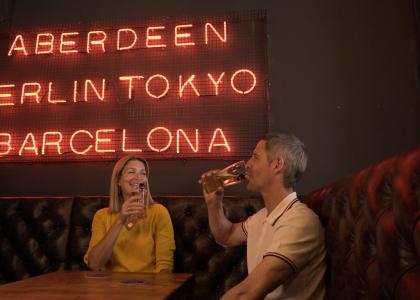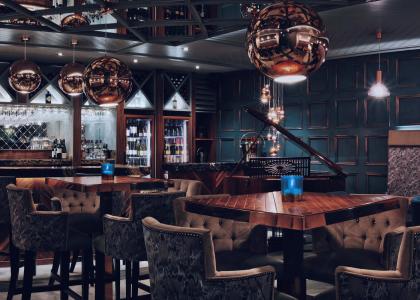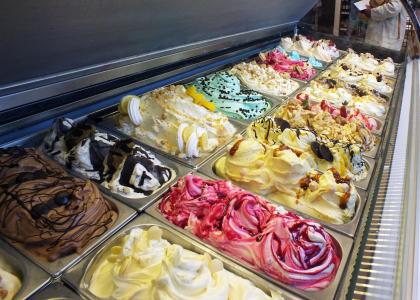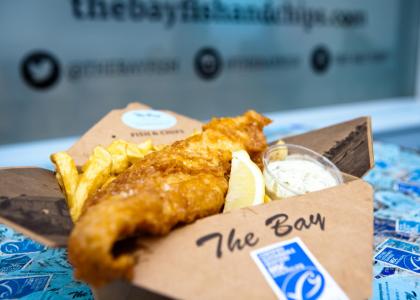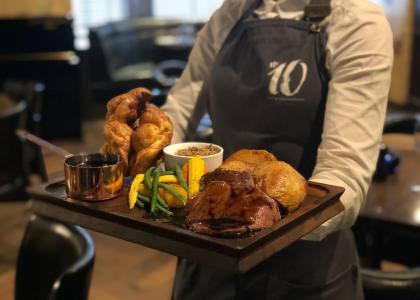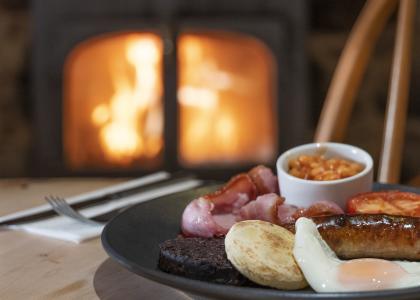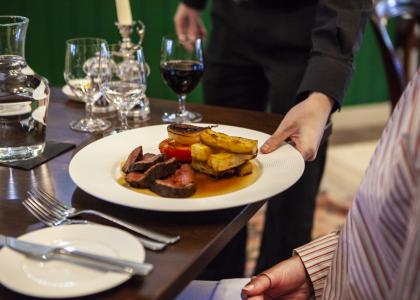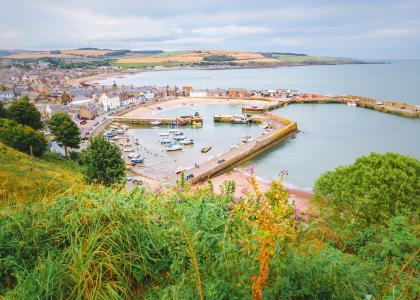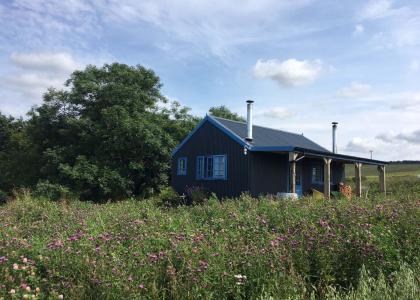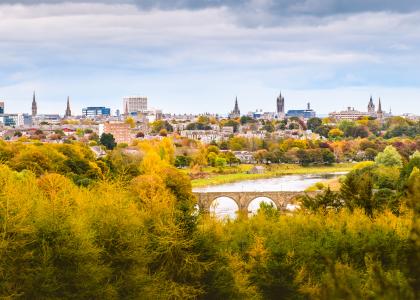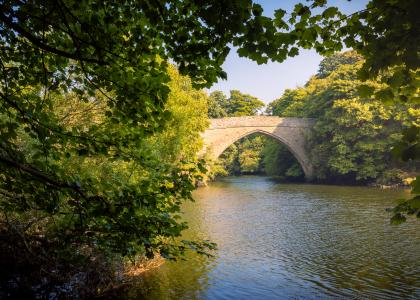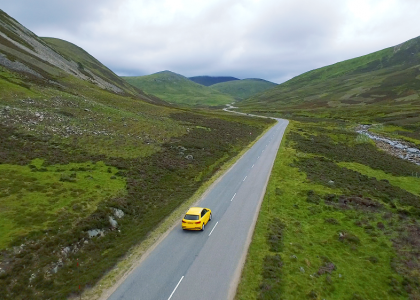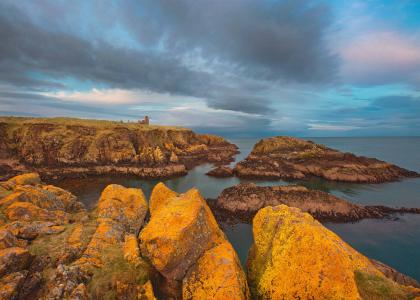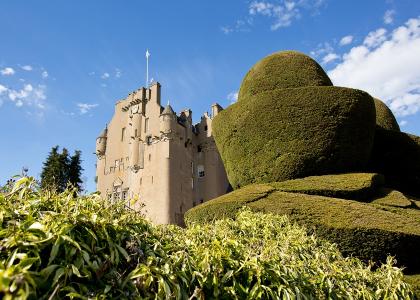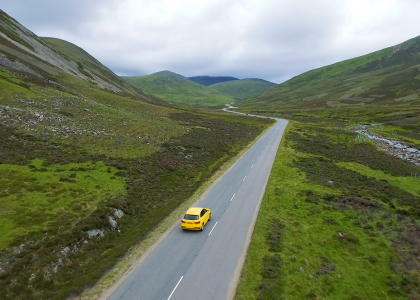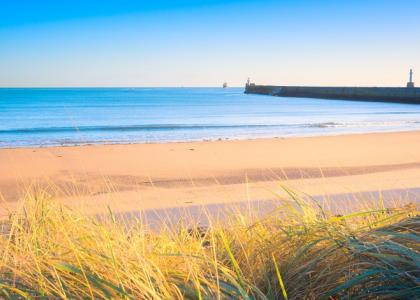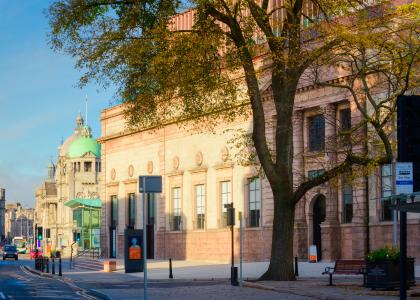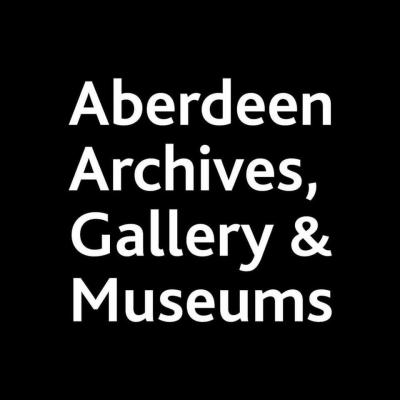
Top things to see at Provost Skene’s House in Aberdeen
18 May 2023
Enriched with historical charm and stories from pioneering locals who shaped the Granite City is Provost Skene’s House in Aberdeen. In this blog we’ve listed a few of our favourite displays that will take you back in time and appreciate the beauty of Scottish culture.
The Painted Gallery
Located in the oldest part of the building, explore one of the most important and unusual cycles of religious painting in Scotland, dating back to 1626. Ten tempura panels, representing the Life of Christ from the Annunciation to the Ascension, were commissioned by husband and wife, Matthew Lumsden and Elisabeth Aberdour. Only discovered in the 1950s, the paintwork had been boarded over for some 300 years.

Image credit: jheasman_photography
The Cabinet Room
In the heart of the museum lies the tranquil Cabinet Room. Its decorative wooden panelling was commissioned by George Keith, a legal advocate who lived in the house between 1732 and 1738. It depicts the highest realms of beauty, adorned with tiny classical cherubs, temples and mountainous landscapes.
The Russel Head
Visitors will find a stone gargoyle in the south-east corner of Provost Skene’s House. It is a fateful reminder to never be a tell-tale and once graced the corner of a bakery in Ragg’s Lane, owned by George Russel). The grotesque face was modelled after himself to berate his next-door neighbour. Russel’s bakery was shut by the Town Council because of close proximity to a sewer, Russel believed that his neighbour had been the one to make the complaint. In retaliation, he fixed this effigy of himself to the corner of his home to forever torment his betrayer.
George Washington Wilson’s Stereoscope
George Washington Wilson was a pioneering photographer of the Victorian era. In his Aberdeen studio, he offered portraits through the new medium of art - the photograph. Due to the popularity of his work, he was appointed Royal Photographer to Queen Victoria in 1860. The exhibit showcases century-old photographs, manipulated into 3-D images through clever eye trickery.
The Masons’ Marks
Spiralling up the turreted staircases, centuries-old stone carvings are hidden within plain sight. Generations of stonemasons etched their marks into the building’s doorways, walls and staircases. During the 17th century, only 35% of Scottish people were literate; creative stonemasons devised and adopted their own symbols in the shape of tools and letters and engraved these into their stonemasonry as their signature. How many can you find?
Provost Skene’s Coat Of Arms
The coat of arms of Provost Sir George Skene of Fintray (1619-1707) hangs proudly above the first-floor 16th century fireplace. In 1317, when the first Laird of Skene killed a wolf that threatened the life of King Robert the Bruce, for his bravery he was created Baron of all the lands around which a hawk could fly. Skene, a merchant who made his fortune in the Baltic trade, made substantial alterations to the building, including adding the corner turret staircase. It’s said that he would look upon the coat of arms every morning to invigorate him and remind him of his duty to the city.

Image Credit: jheasman_photography
Open daily, with free admission, Provost Skene’s House is a great day stop on a family day out in the city, with many more wonderful displays to immerse yourself in. To learn more about the history and heritage of Provost Skene's House, click here.
With fantastic historical locations throughout the city, the list of places to visit is endless! Fancy learning more about Aberdeen's culture and art? Click here.
